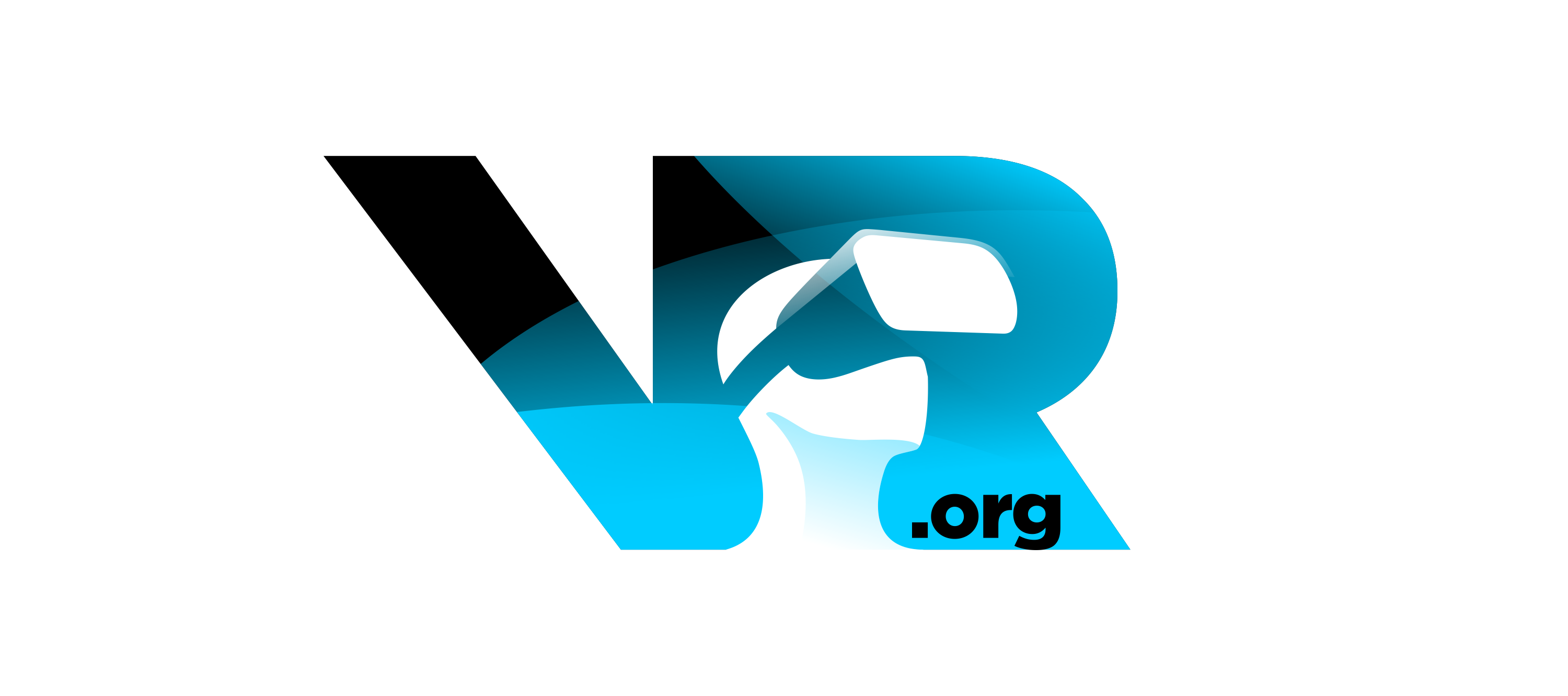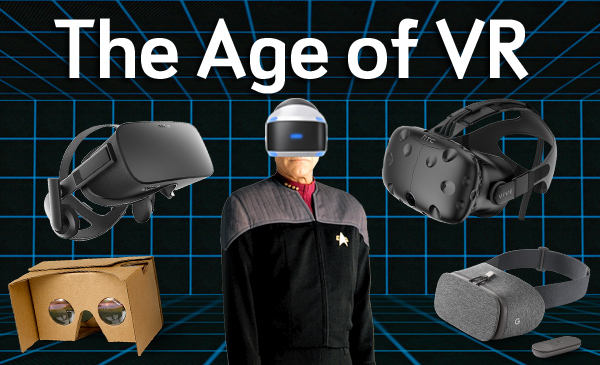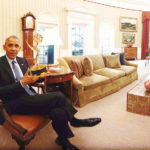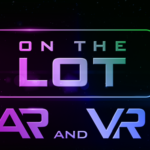Ever since adolescence, I’ve been an avid Star Trek geek. Star Trek the Next Generation to be exact…Ahh, the good ole days of dial-up modems, VGA graphics, using cassette tapes to record your favorite top 10’s on the radio, and of course Grandma taking advantage of the latest Solitaire build on the new Windows 3.1. PC Desktop Computer.

So going back to Star Trek, I still remember vividly some of the places and things that happened on the show more so than others for some reason, and the holodeck in particular was always exciting, because when you walked into the holodeck itself, you could literally say anything you wanted and it would magically appear and happen. In the days of dial-up modems and 32 bit graphics, this was just a dream, something that would eventually happen in the future, but don’t get your hopes up kid.

If Capt. Picard had a stressful day, he merely strolled into the Holodeck, said a few words and bam…He’s on a horse giving Data a life lesson, or sitting at a cafe in Paris drinking a fresh cup of coffee, forgetting for a minute (in TV land) it’s just a Holodeck experience.
Who would’ve thought in 2017 sitting in my office scanning the edges of my room with the Vive or Oculus controllers, which when completed, literally makes you a mini-holodeck inside the safe areas of your room…As you approach the edges, a visual image comes up on your HMD of a very reminiscent virtual wall letting you know you’re at the edge of your playarea. Sure it’s not a perfect square Holodeck but MY OH MY how far we’ve come, and in such a short period of time.

Right now VR headsets are hard-wired for the most part, the higher end units like Oculus and Vive need multiple ports and plugs for function, so they’re clunky, riddled with cords and not to mention buggy at times depending on the software being run…This is where I insert a picture of the first cell phone ever made as reference to how early we are in VR. 
Take a good long look at that phone, especially if you weren’t born yet, sorry Siri wasn’t available you beautiful Millennials.
VR is young people…We’re not even in the Wild Wild West yet, we’re in Prehistoric times, okay maybe Medieval Times…But what we have already is one of the most amazing and immersive technologies right in front of our eyes, literally plugging you into the matrix or an actual room scale holodeck, it’s real folks and it’s really exciting.
VR will become lighter, slimmer, higher-res, and of course wireless, it’s just a matter of time and as VR becomes cheaper and more cost effective, we’ll see mainstream adoption with not just an emphasis on games and entertainment but healthcare, education, business and social experiences.
Virtual reality is already being used to treat PTSD, help with anxiety, depression, phobias, and the list goes on. What if a teacher decided instead of having the class turn to page 84 to read on Ancient Egypt, they could visit the pyramids or at least experience a virtual representation of them, while discussing the subject at hand.

Often with immersive and engaging experiences comes higher retention and who doesn’t like a field trip, even though it’s still in the classroom. For me, being an ADHD left-handed monster child, a visual experience like that would of absolutely helped with retention and focus.
It’s exciting when a technology can reach people on so many different levels and in so many different industries.. It’s because of this that virtual reality is worth taking a deeper look at. VR isn’t a fad, it’s just another way to explore humanity and hopefully help further it. Holodecks are coming people, see you in France…Kind of… 🙂
For the nerd out there, here’s the Star Trek holodeck introduction video:





2 comments
Yeah, VR isn’t a fad, but it will require time to evolve and become mainstream. We just have to push the ecosystem forward!
Thanks for the feedback Tony!